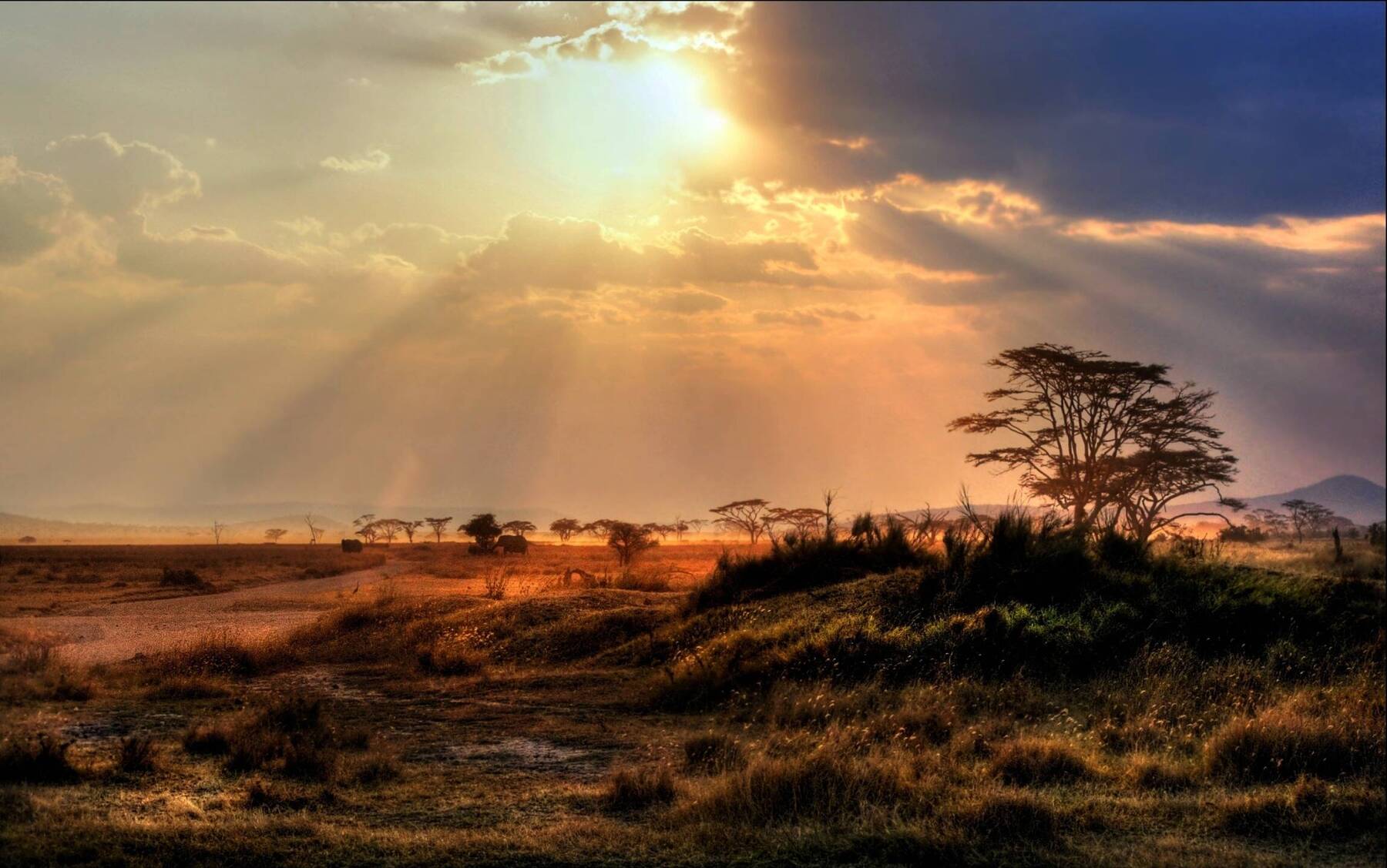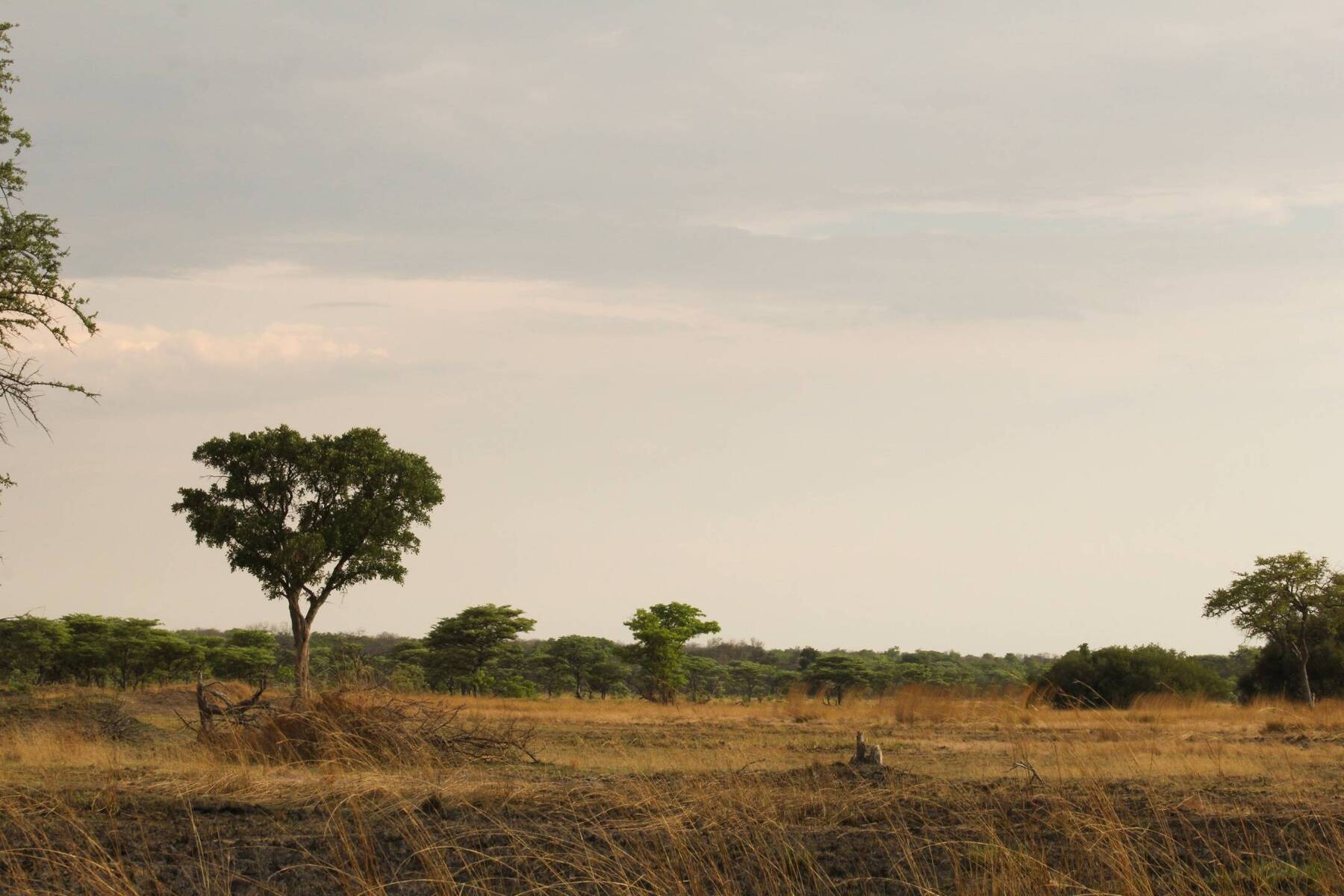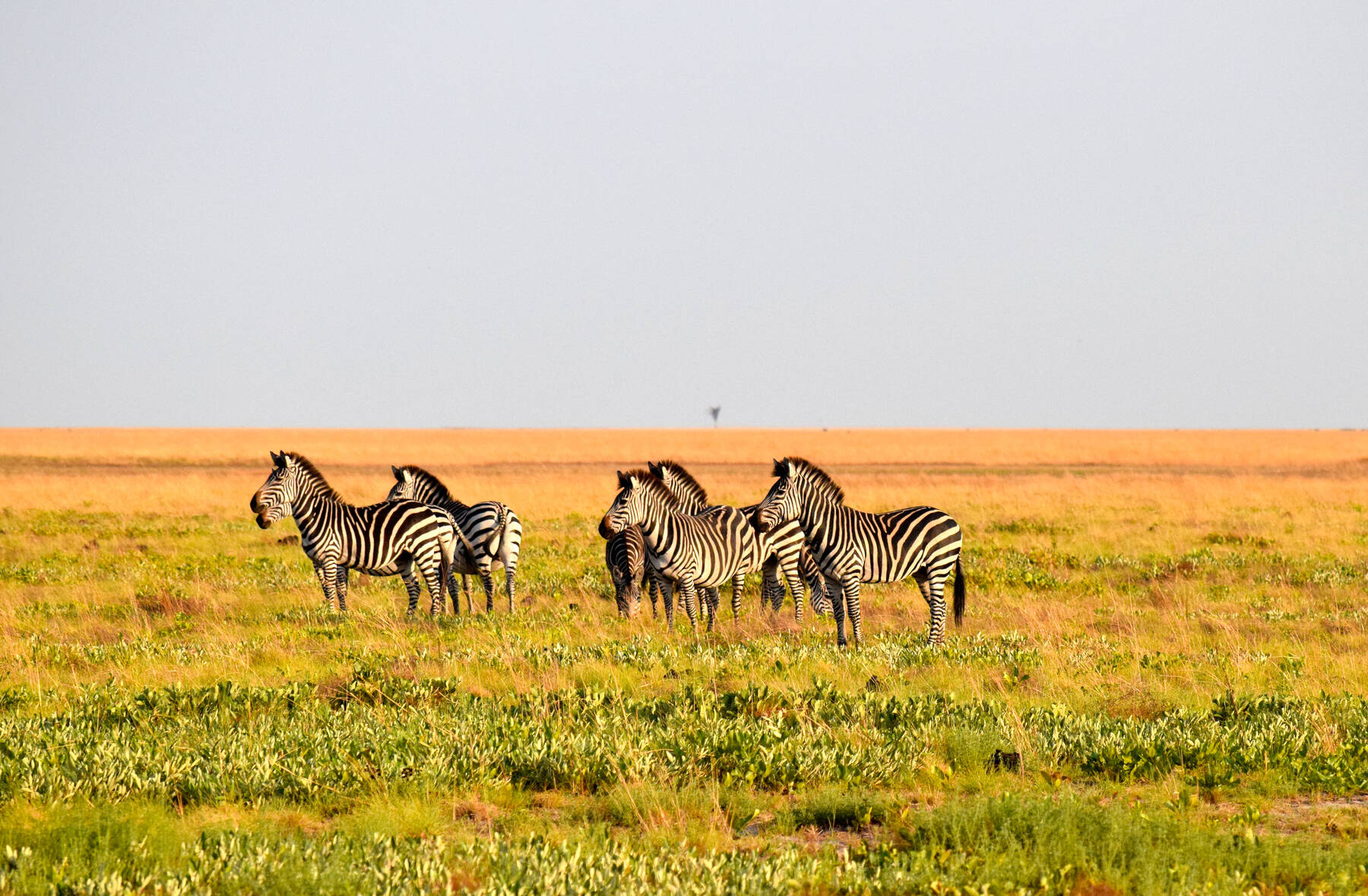South Luangwa National Park
South Luangwa is the southernmost of three national parks around Africa’s great Luangwa River, with a landscape of woodland, riverine forest, sandy floodplain and grassland that’s fed by an ever-changing oxbow lagoon system. This extraordinary environment flourishes with animals and birdlife. Native species such as the Crawshay’s zebra only exist here and the land’s resident elephants, buffalo, hippo, giraffes, leopards and prides of lions give this region what’s said to be one of Africa’s greatest wildlife concentrations. High-end safari lodges, such as newly opened Puku Ridge, are discreetly tucked into this environment, with game drives departing each morning, a little after sunrise, and in the late afternoon so you can have sundowners in the bush followed by a night drive. Walking safaris have particular significance here. South Luangwa is celebrated for being the original home of the walking safari having first been established by the conservationist Norman Carr 70 years ago. Now, you can set out on your own exploration of the bush on foot with safaris outfits such as Time + Tide who has five camps for you to walk between.














Comments